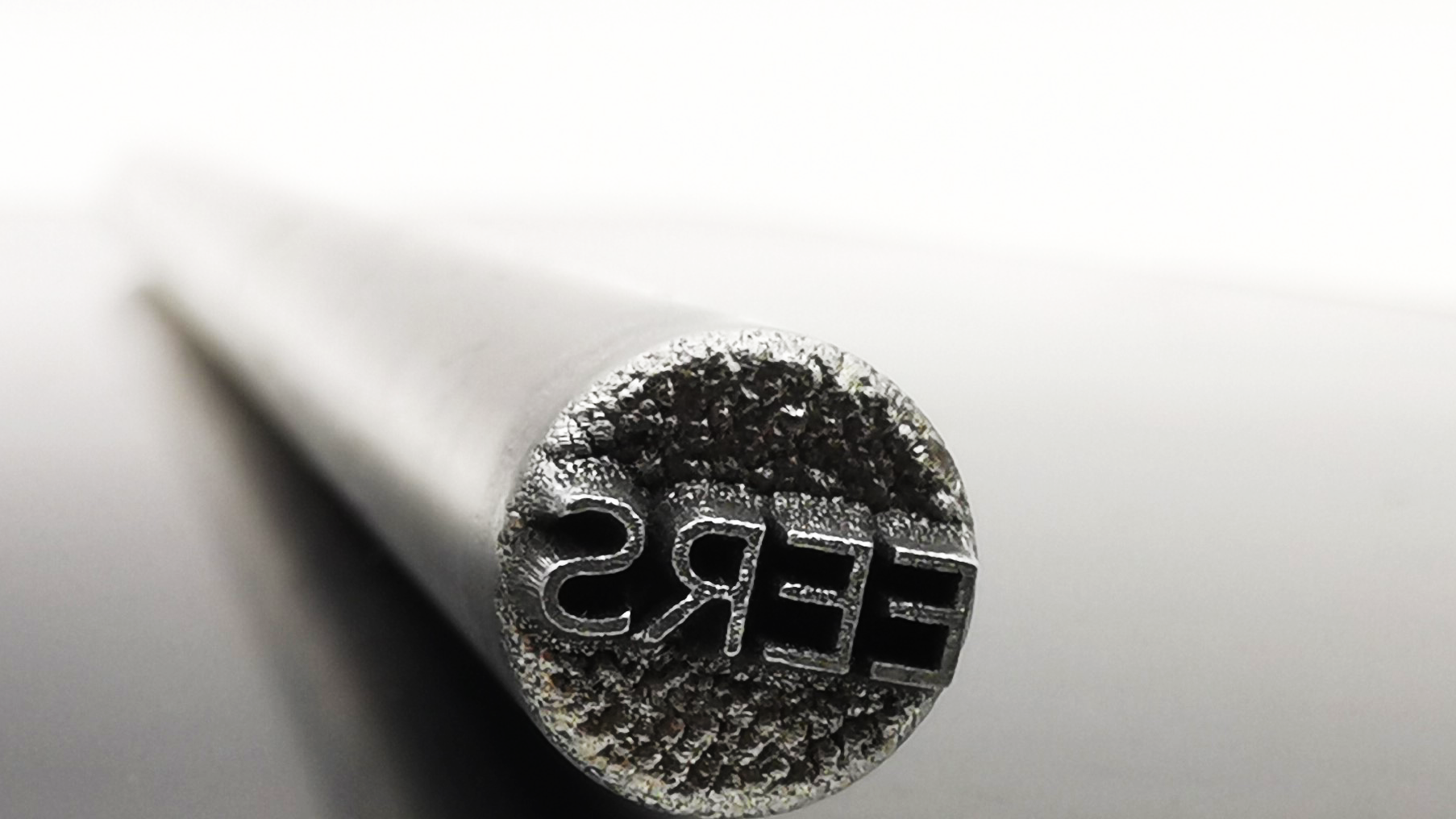
Laser milling is a modern processing technology that uses laser beams to remove material from the base material. During the process, we can create different patterns, shapes, inscriptions, we can even create differences in levels, because the laser cutter can trace the topology. Thanks to our unique development, we can also create 2D and 3D laser milling, and thanks to our program, we also have the possibility to mill complex patterns and shapes. The technology also has many advantages over traditional milling technologies, especially precision, micron precision milling, speed and versatility.
Advantages:
High accuracy and precision:
Thanks to the programming, it handles vector graphics well, making it ideal for milling complex shapes and forms, and capable of micron-sized detail.
Speed:
It works with excellent speed on both thinner and thicker materials, reduces milling time, thereby increasing productivity.
Material selection:
It can be used in a wide range of applications, from plastic to metals, the equipment can also grind on more sensitive materials, as it can be tuned very finely, so the sponge won’t burn either.
No Tool wear:
The process is non-contact, so there is no tool wear, which reduces maintenance costs and downtime.
Clean and Smooth Milling:
There are no burrs during milling, so there will be no waste. During the process, only dust is generated, which is removed from the milling area by suction, so it is an environmentally friendly solution. The result is an excellent surface quality, which requires minimal post-work or can even be dispensed with.
Among its disadvantages, we can mention that a 4-5 axis milling machine is preferable to a precision laser milling machine for processing large parts.
Industrial applications:
Laser milling in industry is a highly efficient and versatile technology that offers many benefits to industries including automotive, aerospace, electronics, and medical. Due to its precision, speed and flexibility, laser milling continues to play an increasingly important role in industrial production.
Automotive industry:
It is used for milling and machining precise parts (e.g. engine parts, gearboxes), because micron-precise milling can be achieved without error. It is also suitable for making injection molding tools and many small production tools.
Aircraft industry:
It provides a perfect opportunity for milling high-strength, but light materials such as titanium and aluminum alloys, because we can easily mill predefined shapes.
Light metals and alloys:
Milling high strength but light materials such as titanium and aluminum alloys.
Manufacture of Medical Devices:
It is also suitable for the production of high-quality surgical instruments, such as dental instruments, scalpels, implants.
Traditional technology and laser milling:
The comparison of laser milling and traditional milling technologies can be examined from several points of view.
1. Work piece material and applicability:
Laser milling:
It easily performs the precise machining of small parts, and the list of machinable materials is quite broad, from very hard materials (ceramics, carbide) to weaker materials (metals, plastics, glass, wood).
Traditional milling:
It offers a simple solution for machining general materials (e.g. metals, wood, hard plastics), especially for large parts.

2. Accuracy and surface quality:
Laser milling:
Its surface quality and accuracy are excellent, it is also capable of creating microscopic details with the help of the appropriate program.
Traditional milling:
Precision depends on the setting of the tool, and wear during the process can worsen the final results. A simple milling machine cannot go down to microscopic details, but a precise and beautiful surface quality can be achieved with it.
3. Speed and productivity
Laser milling:
There is no need to change tools, so we can achieve quick transitions, as the maximum number of parameters must be rewritten in the program. The working speed is high, especially for thin materials.
Traditional milling:
Since the work is done with tools, it may be necessary to change tools for different operations, which reduces productivity.

4. Tool wear and maintenance
Laser milling:
There is no physical contact with the workpieces, so there is no tool wear, so maintenance costs can also be reduced.
Traditional milling:
When working with tools, wear and tear is common, which requires regular replacement. Moving parts on machines can increase maintenance costs.
5. Environmentally friendly and safety
Laser milling:
The work process involves less vibration and noise, while observing the precautions, the work is safe and can be controlled remotely. In addition to all this, a small amount of waste is generated, with which we can also meet environmental protection requirements.
Traditional milling:
Due to the chipping, more dead blue is produced than with laser technology. The emission of noise and vibration is also louder, and there is also the possibility of tool breakage due to mechanical movements.

6. Costs
Laser milling:
It involves a higher initial investment cost, but in return the operating and maintenance costs are more favorable.
Traditional milling:
It may have lower initial investment costs than laser technology, but higher operating costs due to frequent tool wear and maintenance.
Both procedures have their own advantages and disadvantages, the completion of the task affects the acquisition of the appropriate device. Laser milling excels in terms of speed, versatility and precision, while conventional milling processes are widely applicable for larger and simpler workpieces. The choice of the right technology depends on the particular application need.

